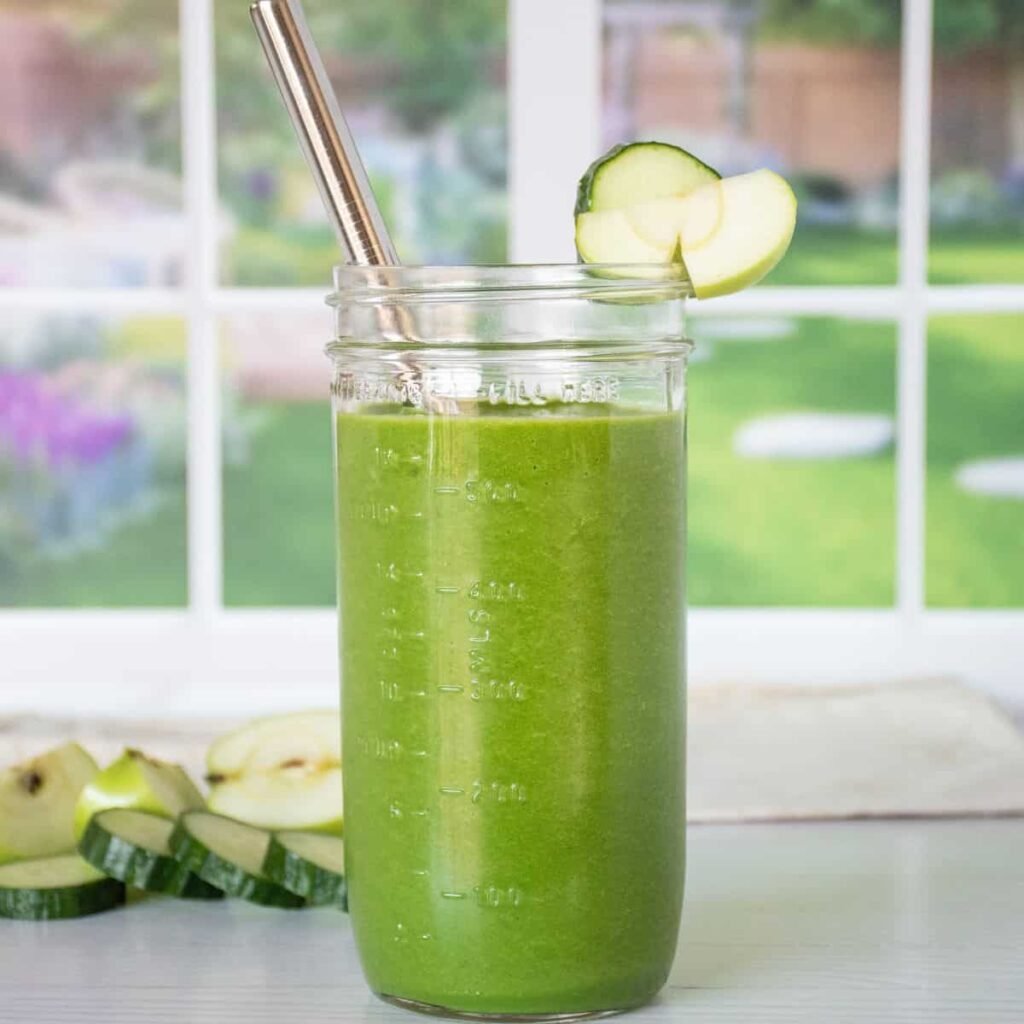Nutrition
Overcoming breast cancer with diet

Fruits are very important in combating the disease
In this month of October, which is breast cancer awareness month, I will be offering titbits on how to protect your health through diet.
Breast cancer is the most common type of cancer, and the leading cause of cancer deaths in Ghana. But it is possible to take control and tackle head-on any health issue, including breast cancer, starting with an optimum nutrition.
Signs and symptoms of breast cancer include, but are not limited to; breast lump or thickening, alteration in size, shape or appearance of a breast; dimpling, redness, pitting or other alteration in the skin; change in nipple appearance or alteration in the skin surrounding the nipple (areola); and/or abnormal nipple discharge.
Some factors that may increase one’s risk of breast cancer include; female gender, increasing age,obesity, drinking alcohol, cigarette smoking, personal history of breast cancer, family history of breast cancer,among others.
Role of nutrition in the pro tection against the development, progressionand re-emerging of breast cancer
The immune system normally seeks out cancer cells and cells with damaged DNA and destroys them. Breast cancer may be a result of failure of such an effective immune de fence and surveillance.
Some vitamins and mineralssuch as V itamin A, B, C, D, E, beta carotene, selenium, zinc and iron enhance the functions of the immune system to ensure constant arrest and destruction of cancer cells.
Today we will be covering the list of fruits containing such vitamins and minerals. These include:
• Citrus fruits: oranges, grapefruits, tangerines, lemons and limes
• Pome fruits: apples and pears
• Stone fruits: apricots, cherries and peaches
• Tropical fruits: banana, pawpaw, mangoes, pineapples and melons
• Berries: strawberries
A selection of these fruits can be blended together into a smoothie fruit juice or cut into fruit salad and taken as breakfast, snack, lunch or dinner.
In our next chapter, vegetables containing such vitamins and minerals against breast can cer will be covered.
The writer, Bernice Korkor Asare is a Dietician and Chief Executive Officer (CEO) of Holistic Health Consult,“your diet your health, your health your wealth”
E-mail: info@holistichealthconsult.org
Nutrition
Palm nut soup

Palm nut soup is a Ghanaian dish that can be served with so many foods. It has a rich base of palm nuts combined with tomatoes and various vegetables that makes it very nutritious.
Preparation
Ingredients
– 1 kilogramme of palm nut
– Half kilogramme of beef
-One kilogramme of goat meat
-Three large salmon
-One full tuna
– A handful of turkey berries
-Two large onions
-4 large tomatoes
-3 large garden eggs
– One tin of mackerel
-Ten large peppers
– One large ginger
-2 cloves of garlic
– Four fingers of okro
– Salt to taste
Instructions
-Wash, cook palm nut, turkey berries, and pepper and add salt to it.
-Grind palm nut, turkey berries and pepper with mortar and pestle or mini food processor.
-Wash goat meat, beef, Tuna, salt and put on fire.
– Blend onion, garlic, ginger and tomatoes and pour on the goat meat.
– Add smoked tuna and salmon and okro to the soup.
-Use a spoon or ladle to skim off the surface oil.
-Garnish the soup with the okro or garden eggs as desired.
-Serve with fufu, banku or Omo tuo.
Nutrition
Cucumber and apple smoothie

Ingredients
-Two medium sized cucumber
-Three apples
-Four tablespoonful of honey
-Crushed ice
-Two cups of yoghurt
-One tablespoonful of blended ginger
– One tablespoonful of celery and mint
Preparation

-Wash and slice cucumber, apple into smaller sizes
-Blend until it is smooth
-Add honey and a little water to it
-Add crushed ice and yoghurt
-Blend it till you achieve your desired texture
– Then serve







